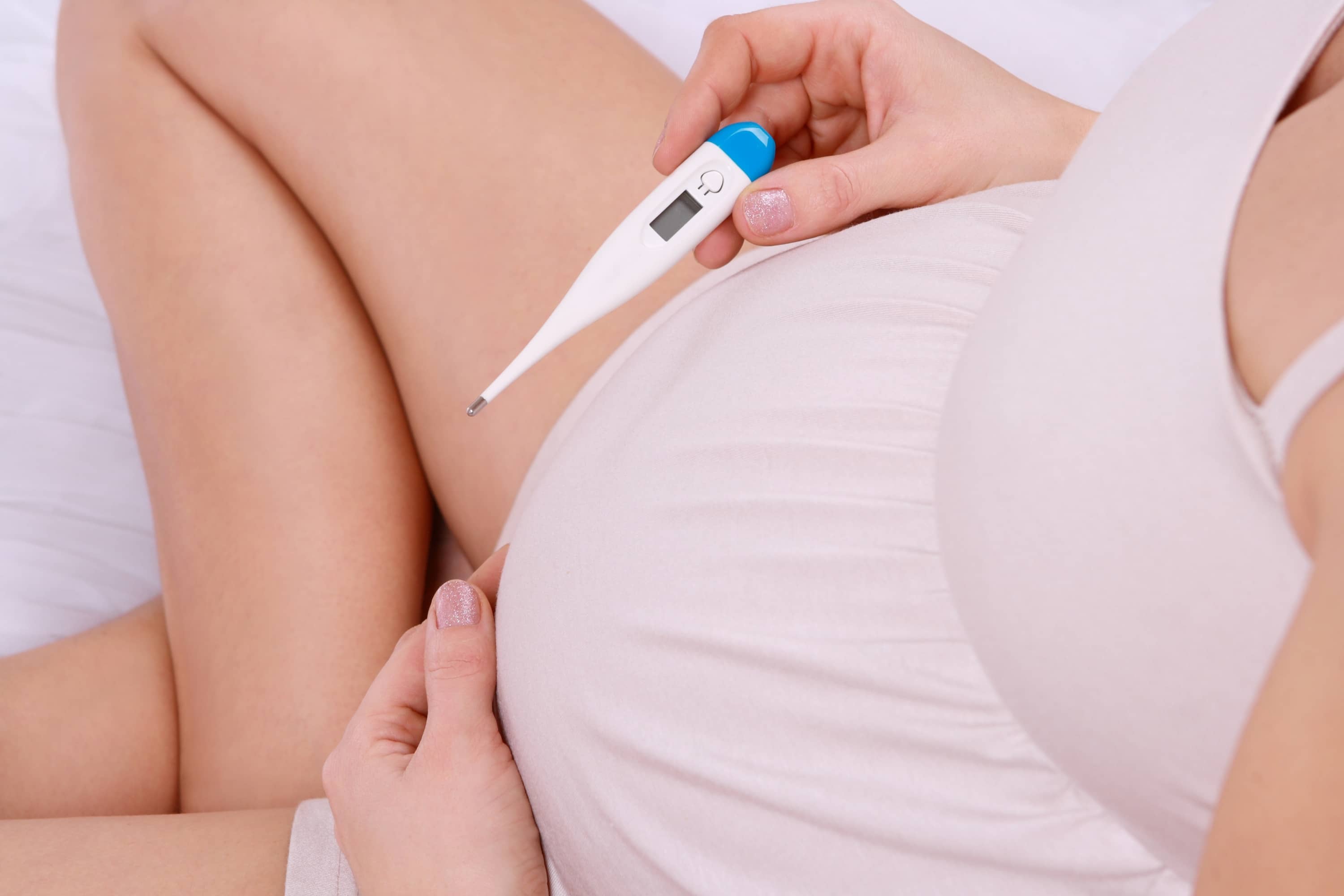
The association between epidural labor analgesia and maternal fever remains somewhat controversial despite being supported by evidence in randomized controlled trials, observation and retrospective studies. Perhaps this is because maternal fever during labor itself is a complex and multi-factorial phenomenon, and many criticisms of the studies demonstrating the above association include selection bias, bias in obstetric practice, and faulty study design. Anesthesiologists are often tasked to explain the potential complications of epidural analgesia, and it behooves us to better acquaint ourselves with this often overlooked topic.
Randomized controlled trials comparing intravenous opioid or unmedicated labor to epidural analgesia show that the epidural arm is more likely to experience hyperthermia and overt clinical fever. The increase in temperature is gradual, with women who receive epidural analgesia earlier in labor experiencing greater increases. There is some degree of selection bias in observational studies, as those women who are more at risk for fever (e.g. longer labor, longer duration of ruptured membranes, more frequent cervical examinations) are also more likely to elect for epidural analgesia. However, the randomized controlled trials give stronger support to a causal relationship.
The mechanism is incompletely understood, as not all women who receive an epidural exhibit an increase in core body temperature – only about 20% do. The most consistently supported mechanism is that of noninfectious inflammation mediated by pro-inflammatory cytokines. Less popular theories include altered thermoregulation and avoidance of opioids, which may suppress fever.
The maternal consequences of fever during labor include elevation of heart rate, cardiac output, oxygen consumption and catecholamine production. Shivering and antibiotic exposure are more common in febrile women. Frequently obstetric management is altered, with a higher associated incidence of operative vaginal and cesarean delivery. It is unclear whether the labor pattern is altered by the fever, or it simply influences obstetric decision making in respect to fears of maternal or fetal complications of delaying delivery.
Maternal fever also has fetal effects as well, including fetal hyperthermia. This in turn may be associated with low fetal tone, lower Apgar scores, advanced airway management, cardiopulmonary resuscitation, and neonatal seizure.
Treatment of maternal fever, whether or not associated with epidural analgesia, is therefore important. However, treatment options are limited given the unclear etiology of the fever. Acetaminophen is not effective in suppressing epidural-related maternal fever. High dose methylprednisolone, is effective, however it is impractical given the risk of increased neonatal bacteremia. Therapeutic effects of systemic opioids have also been weak, and carry the complication of possible neonatal respiratory depression.
There is a need for further research into the etiology, prevention and treatment of epidural related maternal fever. In the meantime, anesthesia providers can provide patients with what is known on the topic to help them make an informed decision.
References
Arendt KW, Segal BS. The association between epidural labor analgesia and maternal fever. Clin Perinatol. 2013 Sep;40(3):385-98. doi: 10.1016/j.clp.2013.06.002. Epub 2013 Jul 19.
Segal, S. Labor epidural analgesia and maternal fever. Anesth Analg. 2010 Dec;111(6):1467-75. doi: 10.1213/ANE.0b013e3181f713d4. Epub 2010 Sep 22.

